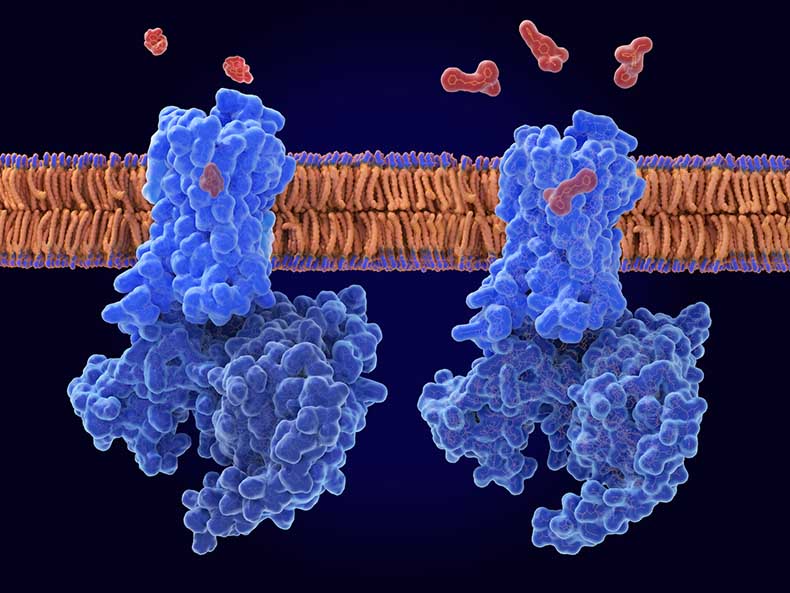A recent study published in Nature sheds light on the neural mechanisms that reinforce both the positive and harmful consumption of fentanyl: how does fentanyl affect the brain?
This groundbreaking research holds the potential to pave the way for more effective treatments for opioid addiction.
How Does Fentanyl Affect the Brain?
Fentanyl is well-known for its powerful pain-relieving properties and its ability to induce intense euphoria, a phenomenon known as positive reinforcement. However, it also leads to withdrawal symptoms, compelling individuals to continue using the drug to avoid discomfort, known as negative reinforcement. Both types of reinforcement contribute significantly to the cycle of addiction.
The research team, led by Fabrice Chaudun and his colleagues from the University of Geneva in Switzerland, focused on mu-opioid receptors, which play a crucial role in these processes. These receptors are primarily located in the brain and spinal cord.
Scientists injected fentanyl into mice to observe its effects on different brain regions, particularly the ventral tegmental area (VTA) and the central amygdala (CeA).
They discovered that mu-opioid receptors in specific neurons of the VTA are critical for fentanyl to produce pleasurable sensations. When activated, these receptors inhibit the neurons that usually suppress dopamine release.
Thus, dopamine levels in the nucleus accumbens—a region responsible for managing the brain’s reward circuit—increase, causing euphoria. Without these receptors, the mice did not experience the pleasure from fentanyl, although they still went through withdrawal.
Conversely, neurons with mu-opioid receptors in the central amygdala (CeA) are vital for the distress associated with withdrawal. During withdrawal, the activity of these neurons increases, leading to unpleasant symptoms. Eliminating these receptors in the CeA alleviated the withdrawal symptoms, indicating that these neurons are responsible for the distress.
Helping Addicts
These findings enhance our understanding of how fentanyl and other opioids reinforce use and lead to addiction, highlighting specific brain targets for potential treatments. Modulating the activity of mu-opioid receptors in these regions could reduce addiction and facilitate rehabilitation.
Research into how fentanyl affects different brain areas provides deeper insights into the mechanisms behind opioid addiction. By identifying the crucial role of mu-opioid receptors in GABA neurons of the VTA and the central amygdala (CeA), scientists have outlined how these areas contribute to both positive reinforcement (euphoria) and negative reinforcement (withdrawal symptoms).
This could lead to the development of new medications or therapies that significantly reduce fentanyl dependency.
For instance, treatments might include selective blockers of mu-opioid receptors in the VTA to diminish positive reinforcement, along with interventions that reduce neuronal activity in the CeA during withdrawal to ease discomfort.
Moreover, advanced techniques like optogenetic stimulation, which uses bioengineering to insert light-sensitive proteins into brain cells, making them responsive to light, could also play a crucial role in these therapies.
These advances not only provide a more detailed understanding of how opioids impact the brain but also open the door to targeted therapeutic approaches that could revolutionize the treatment of fentanyl addiction. This dual approach could significantly improve rehabilitation success rates for opioid users, offering hope to millions affected by this public health crisis.















